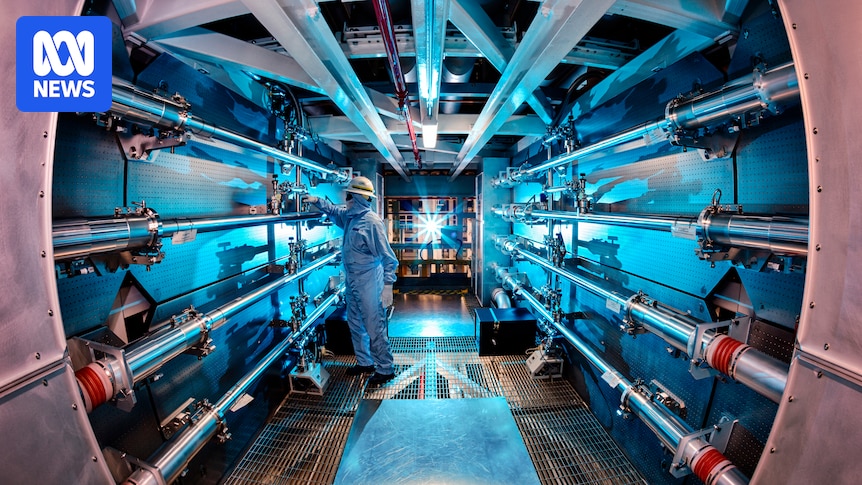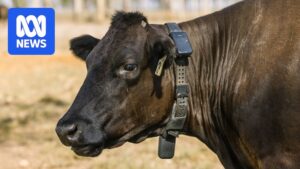
The two great technology revolutions of the modern era — artificial intelligence and renewable energy — are colliding in Australia. In September, for the first time, more electricity was generated by solar and wind than by coal. This milestone follows a global trend observed a few months earlier. However, the increasing demands of AI data centers are putting unprecedented pressure on the electricity sector.
According to the Australian Energy Market Operator’s (AEMO) 2025 Electricity Statement of Opportunities, published in August, electricity demand from AI data centers is projected to grow by 25% annually over the next decade. This surge, combined with the electrification of transport and households, is expected to more than triple the overall growth rate in electricity demand.
Renewable Energy’s Role and Challenges
Currently, nearly 40% of Australian households have rooftop solar, contributing 13% of the national electricity market as of June. However, this growth is slowing as saturation approaches. The insatiable power needs of AI data centers threaten to squeeze out other industrial users, potentially leading to job losses and higher wholesale electricity prices.
Renewables face challenges in consistently supplying power to data centers, which require a continuous 24-hour energy supply. With 16 Australian coal-fired power stations set to retire over the next decade, and nuclear power banned, the pressure mounts on alternative solutions like grid batteries and pumped hydro.
Global Energy Dynamics and Fusion’s Promise
Globally, the energy landscape is shifting. China is accelerating its electrification efforts, constructing 26 new nuclear power stations alongside numerous coal, wind, and solar projects. Despite these developments, Bloomberg New Energy Finance estimates that by 2030, 83% of the incremental demand from global data centers will be met by fossil fuels, decreasing to 63% by 2035.
This scenario underscores the urgent need to advance fusion energy technology, which promises limitless power. Fusion involves fusing hydrogen isotopes at 100 million degrees Celsius to form helium, mimicking the reaction inside stars. It is considered safer than fission nuclear power, as it uses water as fuel and produces helium instead of plutonium as waste.
Australia’s Stake in Fusion Energy
Today, the International Atomic Energy Agency is hosting its 30th global fusion energy conference in Chengdu, China. This year’s event is marked by a flurry of activity, with 150 experimental fusion devices and more than 20 fusion plant designs in development.
Two Australian entities are actively participating in this fusion race: super fund Hostplus and Sydney-based private company HB11. Hostplus has invested $330 million for a 4% stake in Commonwealth Fusion Systems (CFS), a Boston company leading the US fusion efforts. Hostplus’s chief investment officer, Sam Sicilia, emphasizes the transformative potential of fusion energy, stating,
“This is the biggest potential change in the world’s energy mix that we have seen in our lifetime.”
Technical Innovations: Magnets and Lasers
The technical challenge of fusion lies in containing the 100-million-degree plasma. Currently, two methods are being explored: magnetic confinement and laser-based approaches. CFS utilizes powerful magnets, while HB11 is pioneering laser technology, building a prototype in Adelaide.
HB11’s chief operating officer, Greg Ainsworth, reveals that their high-powered lasers, capable of shooting down military drones, are being developed to fund fusion energy research. The company aims to have a pilot plant generating fusion electricity by the 2030s.
Future Prospects and Policy Considerations
Fusion energy holds the promise of reshaping the energy landscape, potentially allowing every data center, aluminium smelter, and even suburbs to have their own fusion electricity generators. Importantly, fusion energy is not subject to Australia’s nuclear moratorium, offering a viable path forward.
Despite its absence in this year’s AEMO “Statement of Opportunities,” fusion energy is poised to become a critical component of Australia’s energy strategy. As the world races to harness this technology, Australia’s involvement in the fusion sector could position it as a leader in the next energy revolution.





